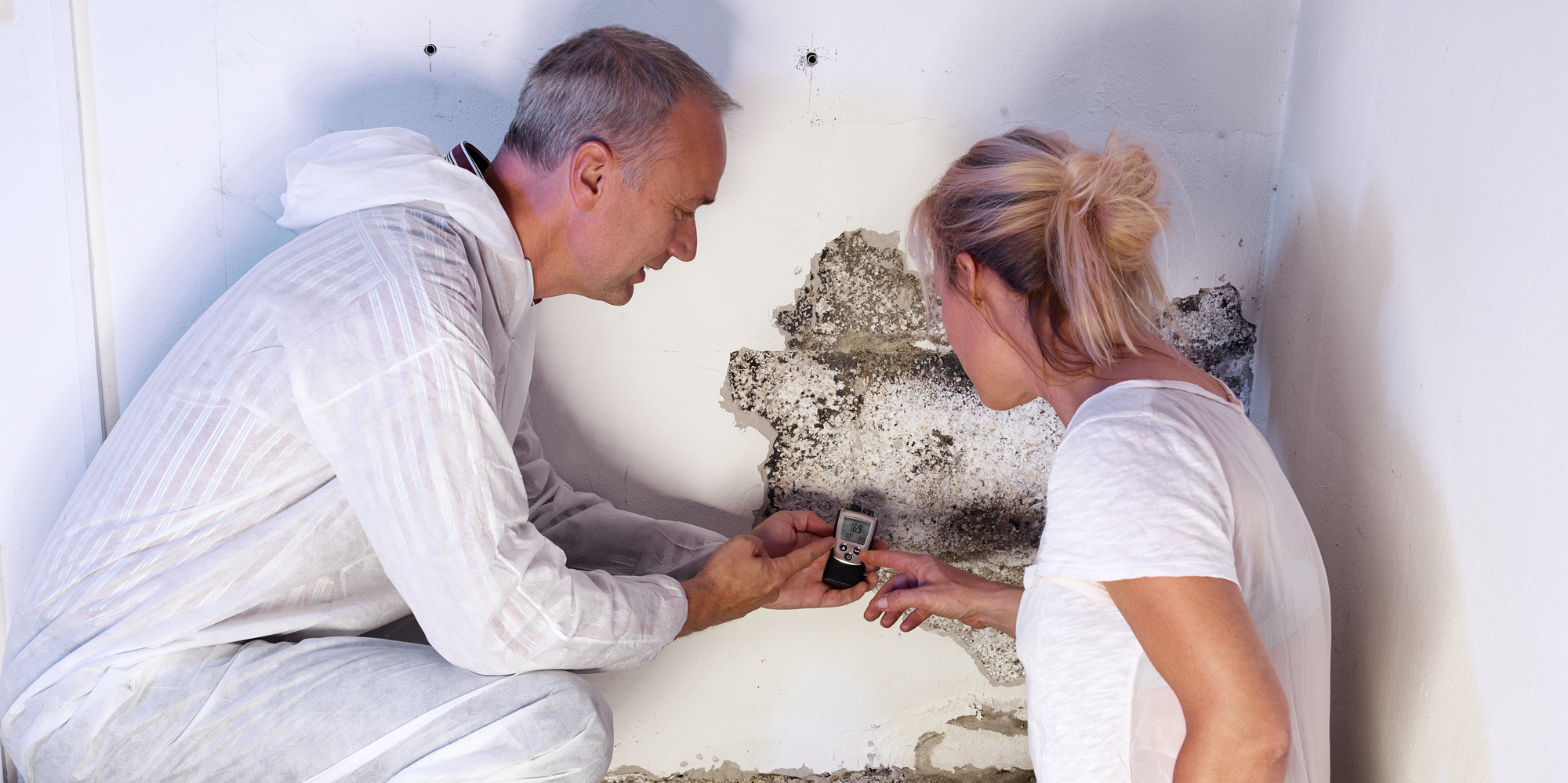After Mold Remediation Approaches for Clean Areas
After Mold Remediation Approaches for Clean Areas
Blog Article
Your Ultimate Overview to Blog Post Mold Remediation Strategies
In the consequences of mold and mildew problem, knowing how to effectively get rid of the mold and mildew and stop its reoccurrence is vital for maintaining a healthy and balanced indoor atmosphere. From choosing the right cleaning and disinfecting techniques to carrying out strategies for long-lasting mold and mildew prevention, each step in the remediation journey plays a critical role in making sure a successful result.
Recognizing Post-Mold Remediation Process
After completing the mold remediation procedure, it is vital to comprehend the post-mold remediation strategies that are necessary to make certain a effective and comprehensive cleaning. Once the mold and mildew has been removed, the following action entails cleaning and decontaminating the affected areas to avoid any type of regrowth of mold and mildew. This includes making use of specialized cleaning agents to wipe down surface areas and eliminate any kind of remaining mold spores. It is important to dry out the location totally to discourage the growth of mold in the future (Post Remediation Inspection near me). Proper ventilation and dehumidification can assist in this procedure.
Additionally, performing a last evaluation post-remediation is vital to make sure that all mold has actually been efficiently removed. If the assessment reveals any type of remaining mold and mildew, additional removal might be necessary.
Reliable Cleaning and Sanitizing Techniques

Protecting Against Future Mold And Mildew Development

Significance of Correct Air Flow
Proper air flow plays a crucial role in avoiding wetness accumulation, an essential aspect in mold growth within indoor atmospheres. Effective ventilation systems help get rid of excess moisture from the air, decreasing the possibilities of mold spores locating the wetness they require to sprout and spread out. Without appropriate air flow, interior spaces can come to be a reproduction ground for mold and mildew, leading to potential health threats and structural damages.
By guaranteeing correct air blood circulation, ventilation systems can likewise aid in drying damp areas faster after water damages or flooding occurrences, better deterring mold growth. what to do after mold remediation. In areas like bathrooms, cellars, attic rooms, and kitchens where moisture degrees often tend to be higher, mounting and preserving effective air flow systems is crucial in protecting against mold and mildew invasions

Tracking and Maintenance Tips
Given the crucial duty that correct air flow plays in avoiding mold development, it is necessary to establish reliable surveillance and maintenance pointers to make certain the continued functionality of ventilation systems. Regular inspections of ventilation systems ought to be carried out to examine for any kind of indicators of clogs, leaks, or malfunctions that can hamper proper air movement. Tracking humidity levels within the residential or commercial property is likewise important, as high moisture can add to mold growth. Installing a hygrometer can help track humidity degrees and sharp home owners to any spikes that may call for attention. Furthermore, ensuring that air filters are routinely cleaned up or changed is necessary for maintaining the effectiveness of the ventilation system. Carrying out a timetable for regular maintenance tasks, such as air duct cleaning and HVAC system examinations, can assist avoid issues before they intensify. By remaining aggressive and mindful to the problem of ventilation systems, residential or commercial property owners can successfully minimize the threat of mold and mildew regrowth and maintain a healthy indoor environment.
Conclusion
Finally, post-mold remediation strategies are vital for guaranteeing a safe and clean atmosphere. Comprehending the procedure, implementing reliable cleaning and sanitizing methods, preventing future mold development, preserving proper ventilation, and routine surveillance are all important actions in the remediation process. By complying with these standards, you can successfully eliminate mold and avoid its return, working or promoting a healthy and balanced living space for all occupants.
In the results of mold infestation, knowing just how to effectively remove the mold and avoid its reoccurrence is critical for maintaining a healthy indoor setting. Once the mold and mildew has been removed, the following action entails cleaning and sanitizing he said the impacted areas to avoid any regrowth of mold - Post Mold Remediation Report. After getting rid of visible mold and mildew development, it is critical to cleanse all surface areas in the afflicted location to get rid of any kind of remaining mold and mildew spores. To further enhance mold and mildew avoidance measures, it is necessary to deal with underlying problems that at first led to mold and mildew advancement.Offered the important function that proper ventilation plays in protecting against mold development, it is essential to develop efficient monitoring and upkeep suggestions to make sure the continued performance of ventilation systems
Report this page